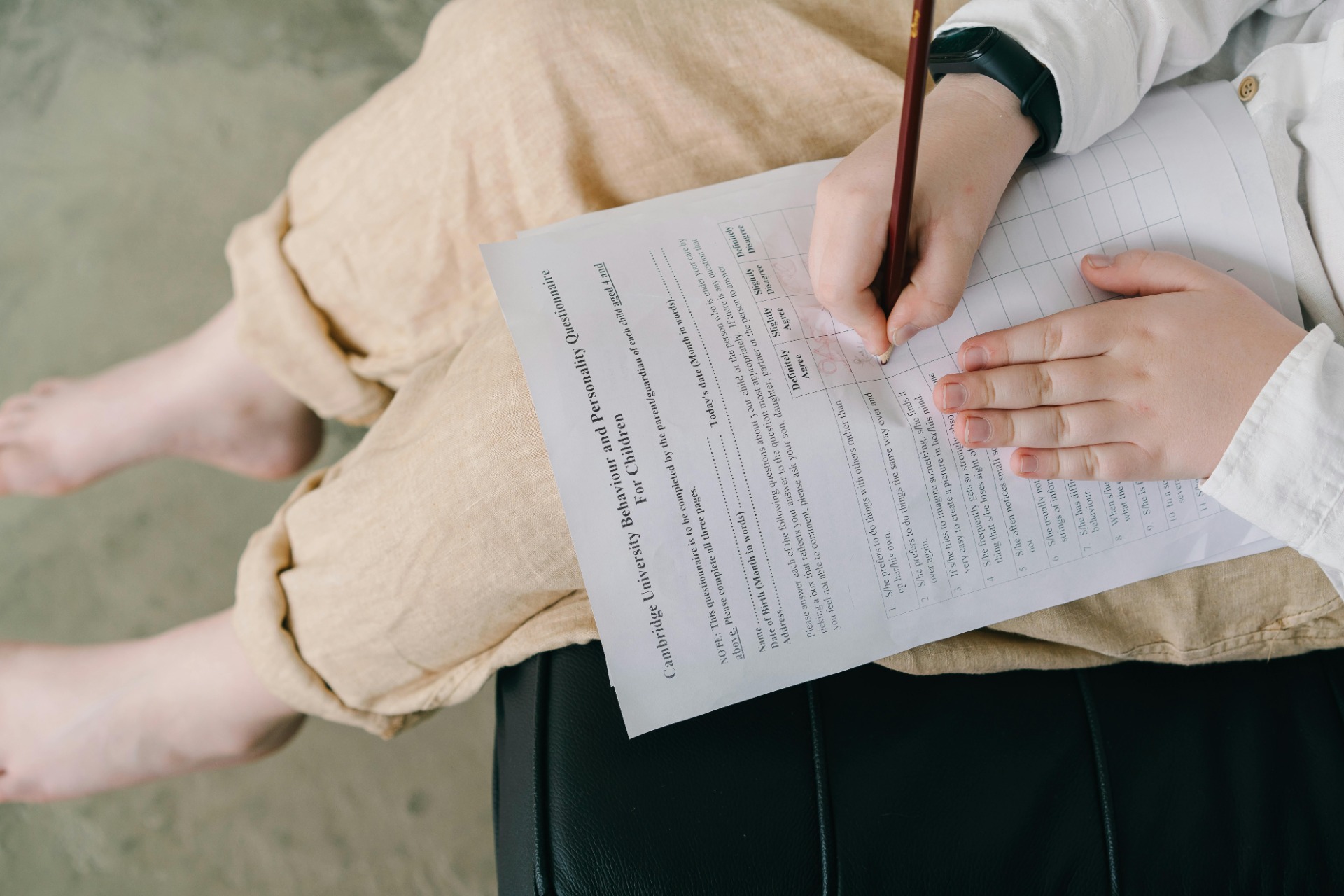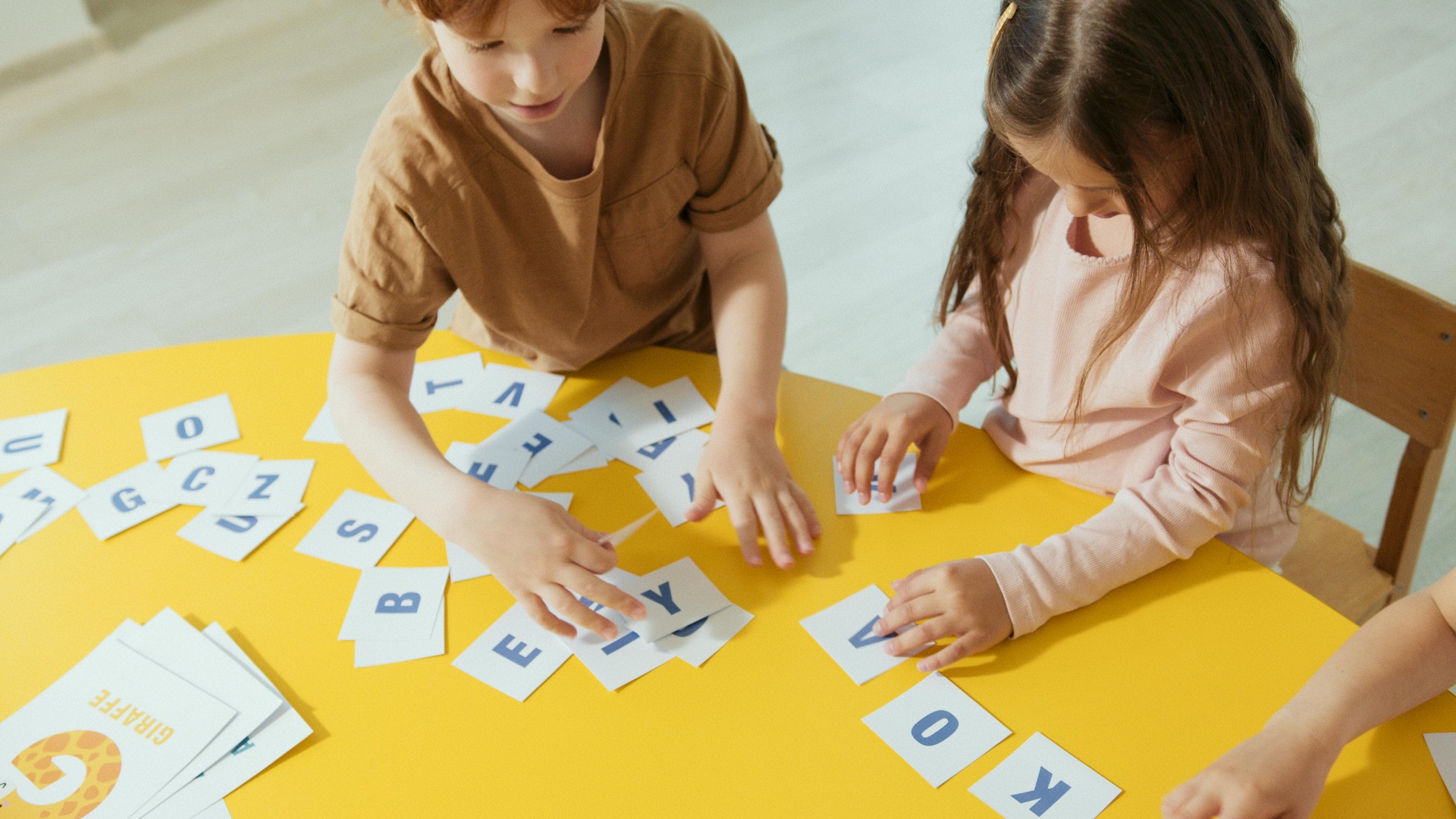How do you know what a child has learned if you don’t test them?
In many countries, testing is considered essential for tracking progress and ensuring school readiness. But in Finland, learning is seen through a different lens — one that values the whole child, not just academic outcomes.

No standardized testing — but plenty of assessment
In Finnish kindergartens, there are no standardized academic tests. Instead, assessment is integrated seamlessly into everyday life — through play, interaction, observation, and dialogue.
Teachers observe how children engage, how they express themselves, how they solve problems, and how they relate to others. This continuous reflection helps educators tailor support and identify if a child might benefit from early intervention.

Practical tools to support every child's learning
KPT – Observing thinking, focus, and understanding
One widely used tool is KPT, an observation-based task designed to explore how children understand instructions, focus attention, and process information.
KPT allows educators to notice:
- Listening skills and memory
- Understanding of spatial, quantitative, and shape-related concepts
- Attention, independence, and cognitive flexibility
- Motor coordination and visual-spatial abilities
The test is done in small groups (5–7 children), with one adult reading the instructions while another observes. It's not about scoring — it's about understanding how each child learns.
Lumiukko Test – A playful way to screen language development
Another important tool is the Lumiukko Test, often used in collaboration with child health clinics or preschool staff. It's a narrative-based screening method designed for 5-year-olds, helping to detect potential speech or language difficulties early.
The Lumiukko Test:
- Uses stories to assess language development
- Helps identify children who may need further evaluation or speech therapy
- Supports early intervention before school entry
- Has been officially recommended by Finnish health and education authorities
This approach is particularly valuable in systems where resources for support are limited — catching challenges early saves time, money, and stress later.

Assessment without pressure
In Finnish early education, the purpose of assessment is not to rank children — it's to support them. Educators assess in order to understand what a child needs, not to compare them with others.
This approach creates:
- A low-stress environment
- A stronger sense of psychological safety
- Motivation rooted in curiosity, not fear
Summary
- Finnish kindergartens do not use standardized tests
- Educators observe and reflect as part of everyday practice
- Tools like KPT and the Lumiukko Test help detect early support needs
- Assessment is always about supporting, not labeling children
---
Curious to learn more about how Finnish kindergartens work?
Explore our full article series: 5 Most Common Questions About Finnish Early Education
